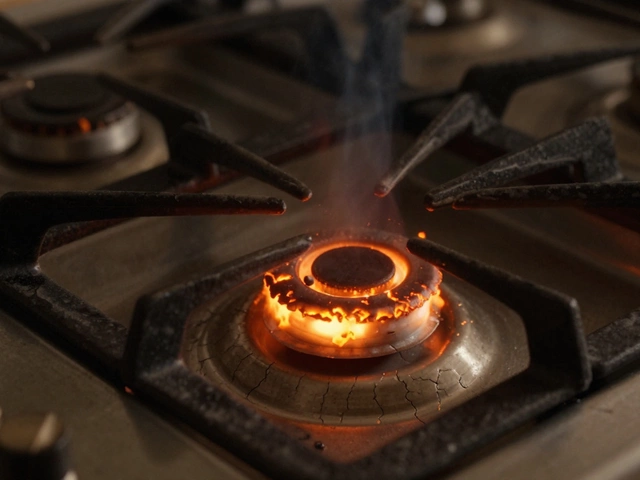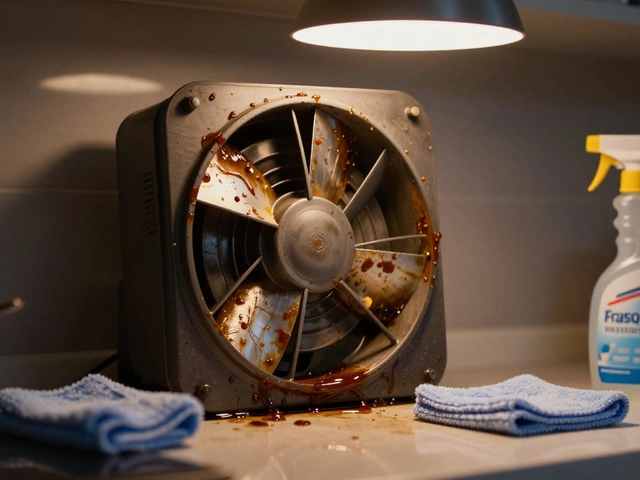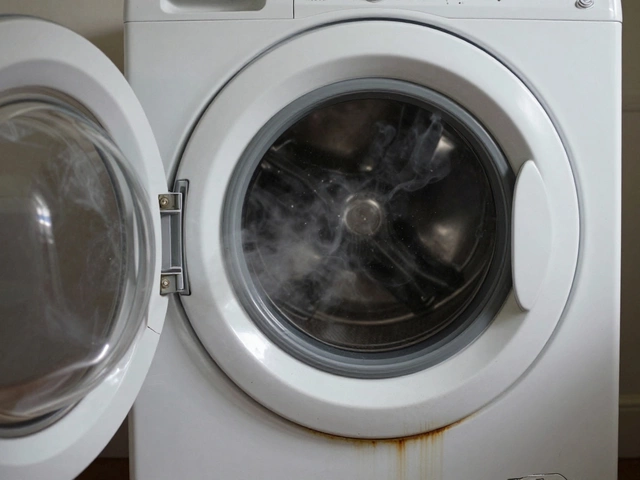Fix Boiler: Easy Steps to Get Your Heating Working
When the boiler stops, the whole house feels the chill. The good news is many boiler glitches are easy to spot and fix without calling anyone right away. Below you’ll find the most common issues, quick DIY checks, and clear signs that it’s time to bring in a professional. Follow these steps and you’ll know exactly what to do before the next cold snap hits.
Common Boiler Issues
First, figure out what’s wrong. A boiler that won’t turn on often means a power problem – check the fuse box and make sure the switch near the unit is on. If the boiler fires up but you get no hot water, the pressure gauge is a good place to look. Most boilers need a pressure reading between 1 and 1.5 bar when cold; lower than that usually means you need to top up the system with water.
Strange noises are another red flag. Banging or clicking can signal a build‑up of air in the pipes or a failing pump. Let the system bleed a little by opening a radiator bleed valve – you’ll hear a hissing sound as the air escapes, then a steady trickle of water. If the sound doesn’t stop, the pump may need replacement.
Leaks are the most visible problem. A small drip under the boiler could be a loose pipe joint; tighten it carefully with a wrench. Bigger leaks, especially from the pressure relief valve, mean the boiler is over‑pressurised or the valve is faulty. In that case, turn the system off and call a certified technician.
DIY Fixes & When to Call a Pro
Most homeowners can handle pressure checks, bleeding radiators, and resetting the boiler. To reset, locate the reset button (usually red) and hold it for about 30 seconds. If the boiler restarts and stays on, the issue might have been a temporary overload. If it shuts down again, don’t keep pressing the button – that’s a sign of a deeper fault.
Thermostat problems also masquerade as boiler issues. Make sure the thermostat is set to a temperature higher than the current room temperature and that it’s on “heat” mode. Replace the batteries if it’s a wireless model; a dead battery can stop the boiler from receiving the call for heat.When you’re unsure, it’s safer to call a professional. If you see carbon monoxide alarms go off, smell gas, or notice persistent low pressure after topping up, stop using the boiler and call an accredited engineer immediately. These situations can be hazardous and need specialist tools.
Regular maintenance keeps most surprises away. Schedule a yearly boiler service, clean the burner, inspect the flue, and check the economizer. A well‑maintained boiler runs more efficiently, saves you money on energy bills, and lasts longer.
Keep these simple checks in mind the next time your boiler acts up. A quick glance at the pressure gauge, a brief bleed, or a reset can save you a call to the repair service and get the heat back on fast.
DIY Boiler Repair: A Handy Guide for Homeowners
- Alden Wilder
- Jan 11 2025
- 0 Comments
Facing a malfunctioning boiler can be daunting, but many common issues can be addressed on your own with the right guidance. This article delves into the realm of DIY boiler repair, providing insights and practical tips for homeowners. Whether it's troubleshooting minor faults or handling regular maintenance, learn how to keep your boiler running smoothly and safely. Discover what problems are manageable, when to seek professional help and safety precautions you need to consider.
View More


